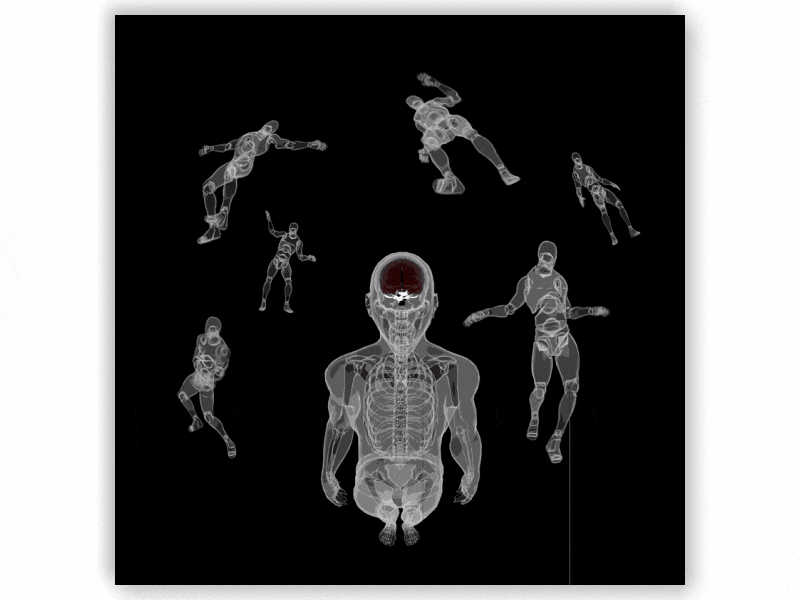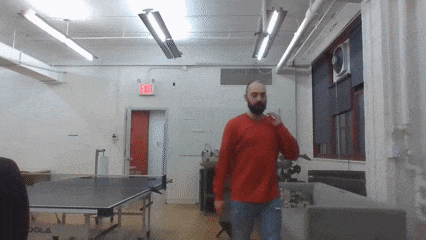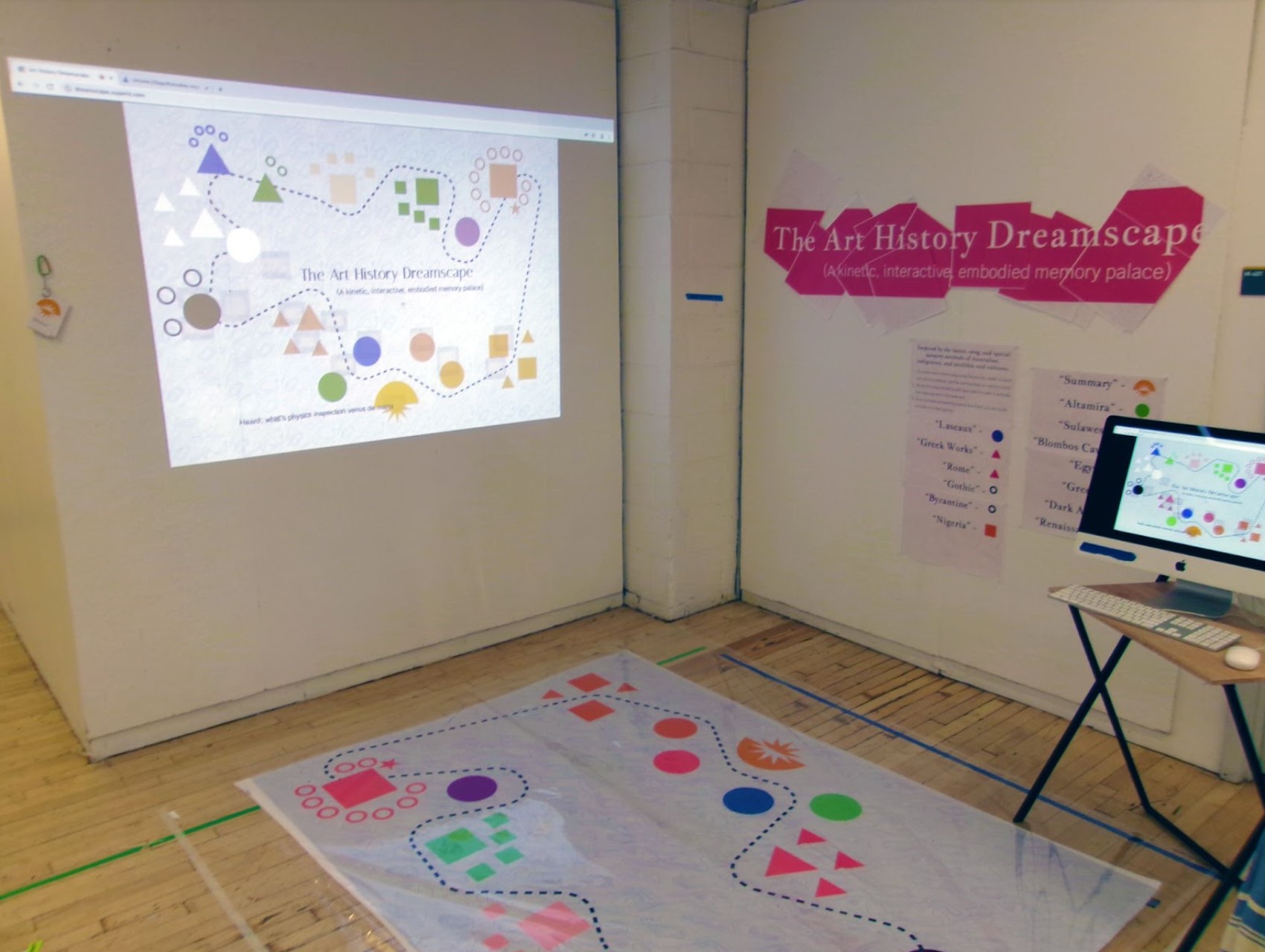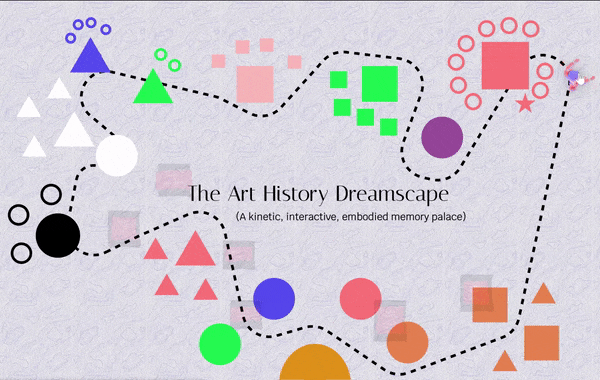Embody Language: Mnemonic Art and Ceremony
Marc Chicoine
Given what we know about embodied cognition and indigenous, neolithic, greek, martial, and aboriginal knowledge practices, it's clear that kinetic embodiment (dance and song) is a powerful communication and archival tool; particularly when used in conjunction with temporal rhythms, visual narrative, and spatial mnemonics. It's irrefutable that song and dance anchored to specific locations, rituals, and stories, are critical to human development and the continued memorization and archival of oral cultures.
How might we structure a contemporary lesson plan that utilizes the benefits of these historically critical tools? (How can dance work alongside song, visual, and spatial systems to learn didactic material in the classroom?)
Movement as Knowledge
For centuries, people across the globe have utilized dance and song to transmit knowledge, tell stories, and preserve cultural heritage. From Aboriginal Australian narrative song and dance to Native American powwows, these practices have been refined across generations, and are proven to be highly effective in enhancing memory and recall. They also house multiple meanings, protecting knowledge from outside influences, and ensuring that the dispersal of such knowledge was controlled.Research
Alongside the scientific and historical evidence derived from my thesis research, I explored numerous types of social dances from across the world, particularly those that told narratives, had mimetic qualities, or connected with the metaphysical. Ultimately, it led me to the conclusion that embodying ‘otherness’ by magnifying human traits, swapping with the kinesthetic traits of other things, or obscuring the human form altogether, is a powerful internalization mechanism for memory when practiced through sequencial but repeating rituals and narratives. Dance acts as a form of kinetic empathy because it grants the ability for the practitioner to 'embody' or become someone or something else: be it an animal, spirit, or idea. This is a powerful and emotionally salient tool.
Martial Dances
In some cultures, dance and martial arts are closely intertwined. For example, the Brazilian martial art of capoeira originated in the 16th century during the slave trade era. Slaves in Brazil were prohibited from combat training, so they disguised their fighting techniques as a dance, based on former movement practices of the Angola region. This allowed them to train in secret. Capoeira contributed to successful revolts and autonomous free settlements called cilumbos made by formerly enslaved people. Formerly outlawed, capoeira is now recognized as a symbol of brazil, and its movements are often used to tell stories of resistance to oppression. It’s also extremely effective for self defense. Similarly, other martial dances such as the pharrike in Ancient Greece and tai chi incorporate dance-like movements and artistic expression alongside combat training. These practices demonstrate how movement can serve multiple purposes, from self-defense to storytelling to cultural preservation. These practices are also integrated into contemporary practice outside of the martial context. Examples of dancers successfully bridging such systems include Sekou Heru and Tony Mcgregor, both world champion house dancers. Each utilizes a martial form and integrates it into their movement practice, showing the grace and versatility of these camouflaged combat movements.
Forming a dance lesson
I started developing small form lessons that utilized rhythmic elements for entrainment and songlines for memorization. Dance acts as a memory peg to anchor the sequence. This is critical because chunks of information without strong links or connections to relevant triggers are often innaccessible to memory. Strengthening the information itself and the bond between pieces of information are both crucial for longterm retention. In this case, the song houses the info, and the dance acts as glue, miming and linking different components.
Displaying on a guide
Continuing this song and dance lesson concept I experimented with a follow along visual by animating a 3d model with my dance and presenting it on screen with the accompanying chant. This model isn't dissimilar from popular rhythm games like dance dance revolution. Still, I felt it needed a more relational spatial component for lesson plans with complex and interwoven information.
The Installation
This culminated into an interactive journey that allows the user to move through a spatial representation of time, geographic location, and cultural periods, in order to access information about different historical periods of art.
The Rug Sized Memory Board
I created a prototype rug sized memory board, similar to the Lucasa memory boards of Luba people, in Democratic Republic of the Congo. These devices segment pieces of related information along physical markers (beads), creating memory pegs that allow relations between visual and spatial cues that house the information. This is the same concept as a memory palace but amplified by utilizing a physical artifact.
